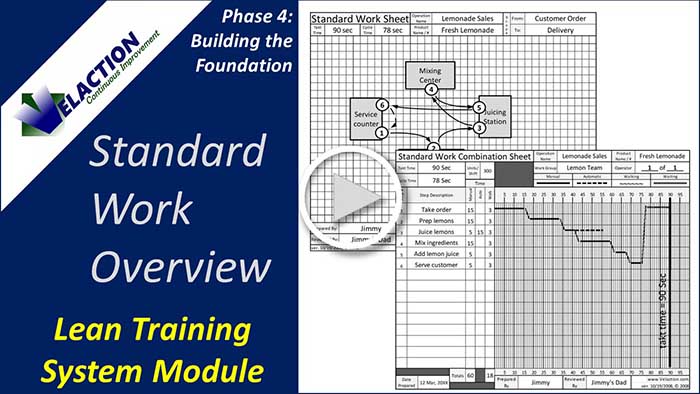You keep running into problems while trying to time for Standard Work
Process documentation is important for two reasons. The obvious one is to create work instructions that record the details of how a process should be completed. The other big reason is to create a standard sequence of operations (i.e. when the process steps should be done) to provide more consistency in the time a process takes. This helps leaders accurately assess the staffing needs of an organization. It also provides an indicator of when a team member is falling behind on a process.
Obviously, to serve these last two needs, the timing of the work must be accurate. Sometimes, though, a process has substantial variation, and it is a challenge to time it without something unusual happening at one or more of the steps. With a long process that has many steps, this effect is even more pronounced. It is important to be clear to your team about how to address this variation when documenting a process.
Note: Variation and Standard Work have a “chicken or the egg” type of relationship. You want to knock out the variation before trying to set up your Standard Work, but Standard Work is among the best ways to get rid of variation. In practice, most people try to eliminate the low hanging fruit, and then establish a standard. Continuous improvement is then applied to keep making the Standard Work better.

0 Comments